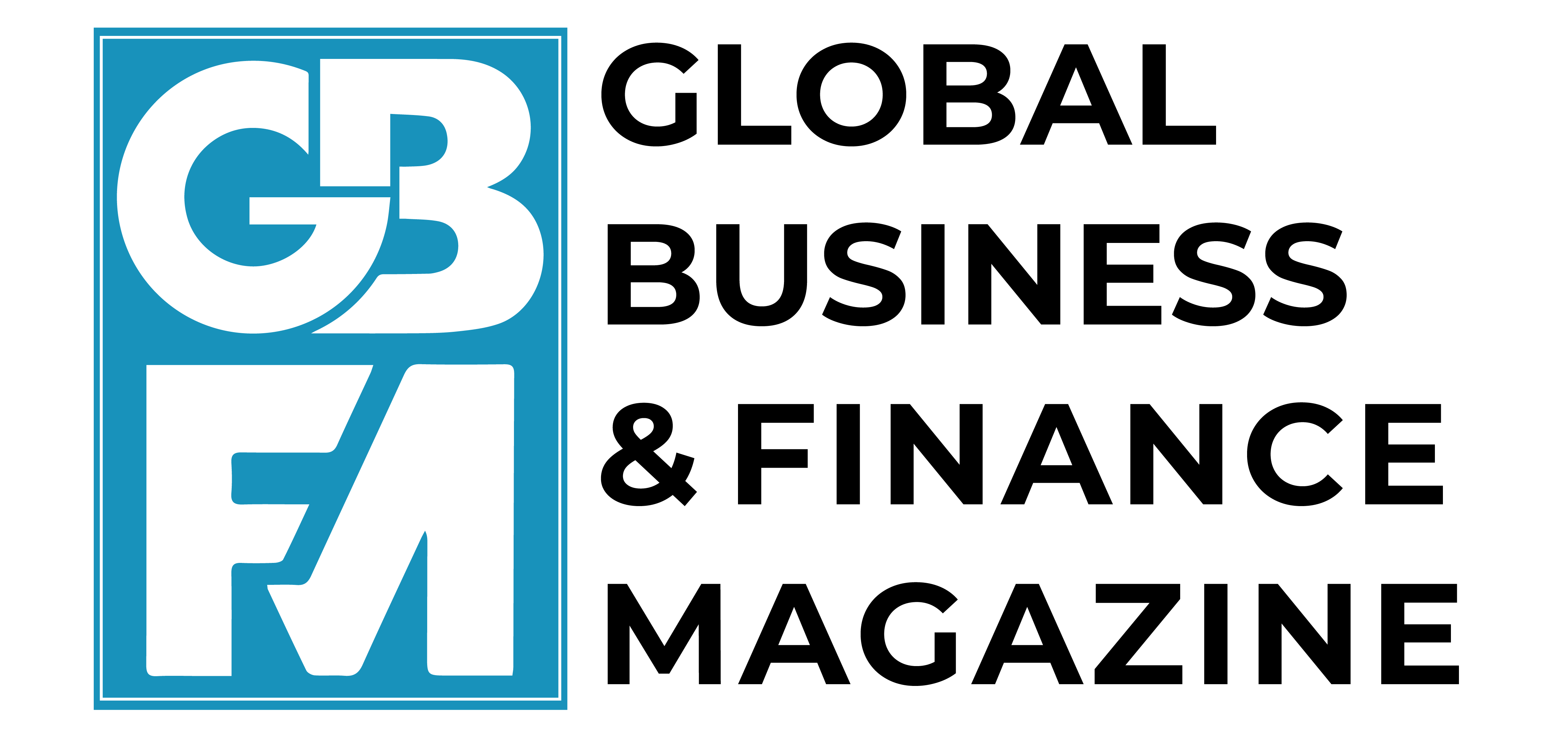With demand from US and China weakening, the EU can boost trade by focusing on other markets and strengthening global partnerships.
The global trading system is undergoing profound changes, and current developments in the US and China will have significant implications for the European economy. Both countries were at the heart of globalisation but are now becoming less dynamic export markets. Chinese economic growth is expected to slow down as pressures on the economy accumulate. In the United States, trade policy has taken a sharp inward turn.
For the EU, these shifts point to structurally weakening demand growth from two of its largest trading partners, which together account for nearly 30 percent of all EU-generated value-added exports.
However, in this paper we show that the growth of EU exports is driven to a much greater extent by demand in other markets, and we argue for a stronger policy focus on the 70 percent of EU value added in trade with other partners. While reduced demand from the US or China would pose challenges – especially for highly exposed sectors like pharmaceuticals – there remains substantial scope for the EU to diversify and expand trade with the rest of the world.
The EU already has an extensive network of trade agreements, covering 74 percent of trade with partners other than the US and China. Deepening these relationships and forging new partnerships should be priorities. Offering a stable and rules-based trade regime can help offset losses from reduced integration with the US and China.
Source : Bruegel



































































